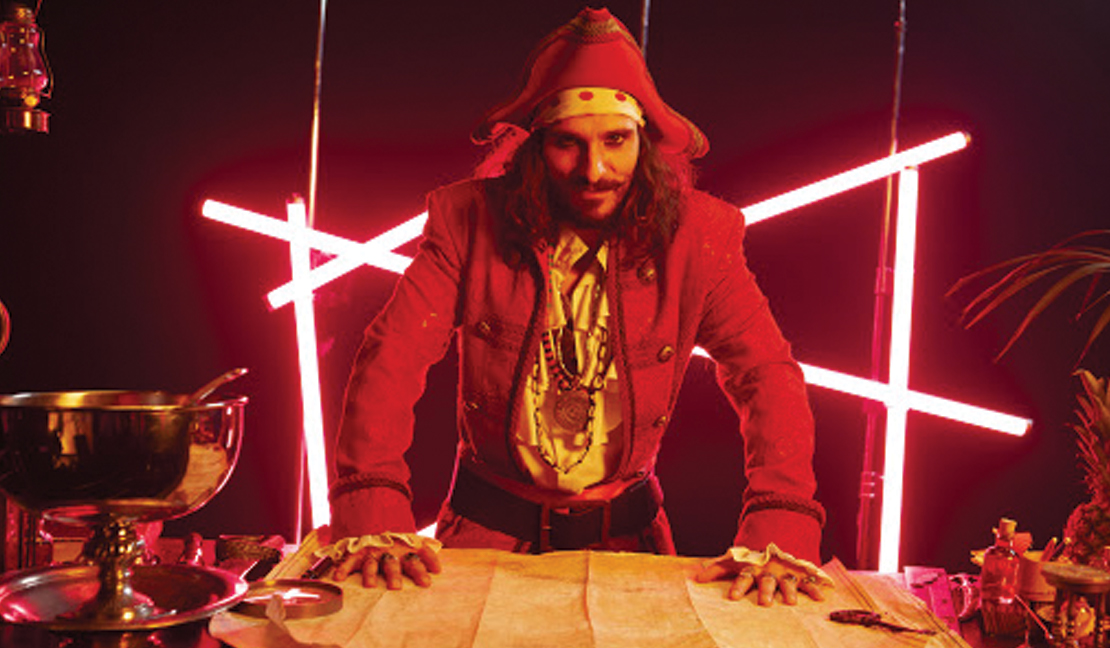Firstly, let’s define what we mean by ‘experiential’. For many, it’s a slightly confusing grey area which sits outside of traditional channels (TV, Print, Digital) and is called different things by different brand teams (3rd Space, Events, Brand Experience). But at Equals we like to keep things simple, so for our purposes here we’ll define it as anything where consumers can interact directly with a brand in the real world.
Experiential activity is a unique opportunity for brands to connect with consumers. A blank canvas that allows boundaries to be pushed and for connections between brands and people to be forged in a way no other medium can.
However experiential activation is often considered an expensive exercise with challenging concerns around return on investment, as noted by Nikki Burke, Global Commercial Marketing Manager at Captain Morgan when speaking to Campaign about their Lost Lagoon campaign.

And it’s a fair challenge. There’s no doubt that experiential can cost considerable money, while generating far fewer eyes-on-brand than something like TV or print (although we’d argue that this is equalled out by experiential’s highly targeted and engaged audiences – but more on that another time!). Consequently, we’re aware of the need to make your marketing money work as hard as possible, so we’ve devised the following ‘must have’ checklist which we apply to all campaigns to ensure success and, importantly, bang for your buck.
- TARGETED LOCATION: The location is vital; we’ve all seen an experience die due to being placed somewhere unsuitable. The location either needs to be high footfall, well targeted, or in a super-cool spot to draw consumers in.
- SENSORY APPEAL: Driving social and Word of Mouth by creating exciting or visually stunning (Instagrammable) events can extend your reach beyond those who visit your event and maximise the value of spend. These moments can be delivered through stimulating any of the 5 senses. Go wild…
- AUTHENTICITY: Keep it real, know your audience and know your occasion. Consumers are resistant to brands and being overtly ‘sold’ to, so ensure that your experience can resonate with their passions.
- CULTURAL RELEVANCY: Be aware of the times and what your audience will connect to. Consumers expect brands to be part of the conversation, for example by being philanthropic with a cause they believe in or staking a claim to sustainability. Riding a wave can make your event go far.
- SIMPLICITY: Keep it simple and don’t try and be too clever. Never overcomplicate your experience or ask too much of consumers. Your message must be clear and quick to understand to achieve cut through.
- FUN: Consumers are looking for ways to escape. Make your experience fun and you won’t have to work hard to convince them to interact with your campaign.
- SLICKNESS: Ensure the preplanning has gone into the event and the team on the ground has the relevant experience and resource to deliver. You don’t want to fall at the last hurdle with a brand ambassador who doesn’t know your messages.
- CLARITY: Be clear why you are running the activity, what you are setting out to achieve (i.e. PR, Product Trial, Brand Immersion) and in what order your priorities are. Then work backwards from there.
- MEASURABILITY: Once you’ve decided what you are trying to achieve, you can set about how to measure it. For sure there are some metrics which are easier than others to measure, but (as a starting point) if driving trial is a key objective the obvious metric would be how many samples were distributed. If social engagement, then a social competition or promotion of the relevant hash tag would be key to the planning.
- DIGITALLY INTEGRATED: Maximise your campaign and expand your reach by weaving digital into your activation. You don’t need a big budget: a snapchat geofilter or social sharing station encouraging consumers to engage with the hashtag could be a great start.